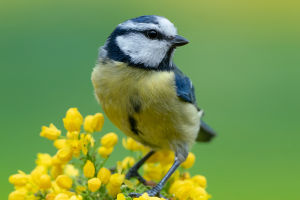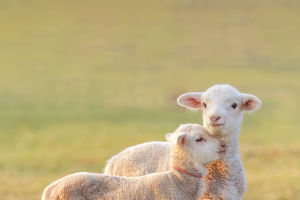Penguins are among the most fascinating creatures on Earth, captivating us with their unique lifestyle and behaviors.
This article delves into the characteristics, living habits, and the distinctive role penguins play in the natural world.
1. Basic Characteristics
Penguins are a type of bird that has evolved specifically for life in the Antarctic and surrounding regions.
They belong to the Spheniscidae family and are characterized by their short wings and streamlined bodies. These wings have evolved into strong flipper-like appendages, making them exceptional swimmers, far surpassing their ability to walk on land. Penguin feathers are also crucial for cold environments, being dense and rich in oil, forming an effective insulating layer.
Although penguins primarily live in the Southern Hemisphere, not all penguins inhabit the frigid Antarctic continent. Their range extends from the Galápagos Islands near the equator to the icy expanses of Antarctica.
2. Living Habits
Penguins are highly social animals, often living and breeding in large colonies.
During the breeding season, many penguins gather in extensive breeding colonies, which can sometimes include tens of thousands of individuals. Their nesting behavior is particularly interesting, as they typically build their nests on rugged rocks or ice surfaces.
Penguins primarily forage in the water, feeding on fish, squid, and crustaceans. They capture their prey through high-speed swimming and diving, with speeds reaching up to 20 kilometers per hour. To cope with the high pressure and low temperatures while diving, penguins have specialized physiological adaptations, such as denser bones and lower body temperatures.
3. Relationship with the Environment
Penguins' survival and reproduction are closely tied to the stability of their habitat. However, global climate change is increasingly impacting penguins. Melting Antarctic ice is reducing their habitats, and rising ocean temperatures are affecting the distribution of their primary food sources.
Protecting penguins and their habitats is a crucial part of global biodiversity conservation efforts. Scientists are actively studying penguin behaviors and environmental changes to find solutions.
4. Cultural and Symbolic Significance
Penguins play an important role not only in the natural world but also in human culture. They are often depicted as cute and entertaining animals, appearing in books, movies, and TV shows.
Penguins are also used as symbols of environmental and conservation efforts. Their charming appearance and endangered status remind us of the need to address global climate change and environmental preservation. Many environmental and animal protection organizations use penguins as representatives to promote conservation activities and raise public awareness.
Conclusion
Penguins are marvels of nature, their biological traits and living habits showcasing the diversity and adaptability of life.
Despite the challenges posed by global climate change, the resilience and unique charm of penguins continue to inspire us. Let us cherish these dancers of the ice and work towards a safer and more sustainable future for them.


